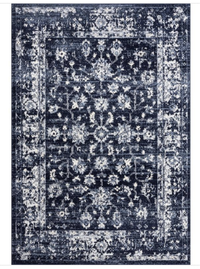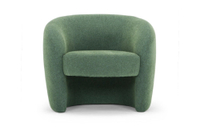Transitional-style living rooms are calming, cosy and personal. Here's how to decorate one
Designing a transitional-style living room can be deceptively tricky. Take note of these expert-led tips to successfully balance old and new
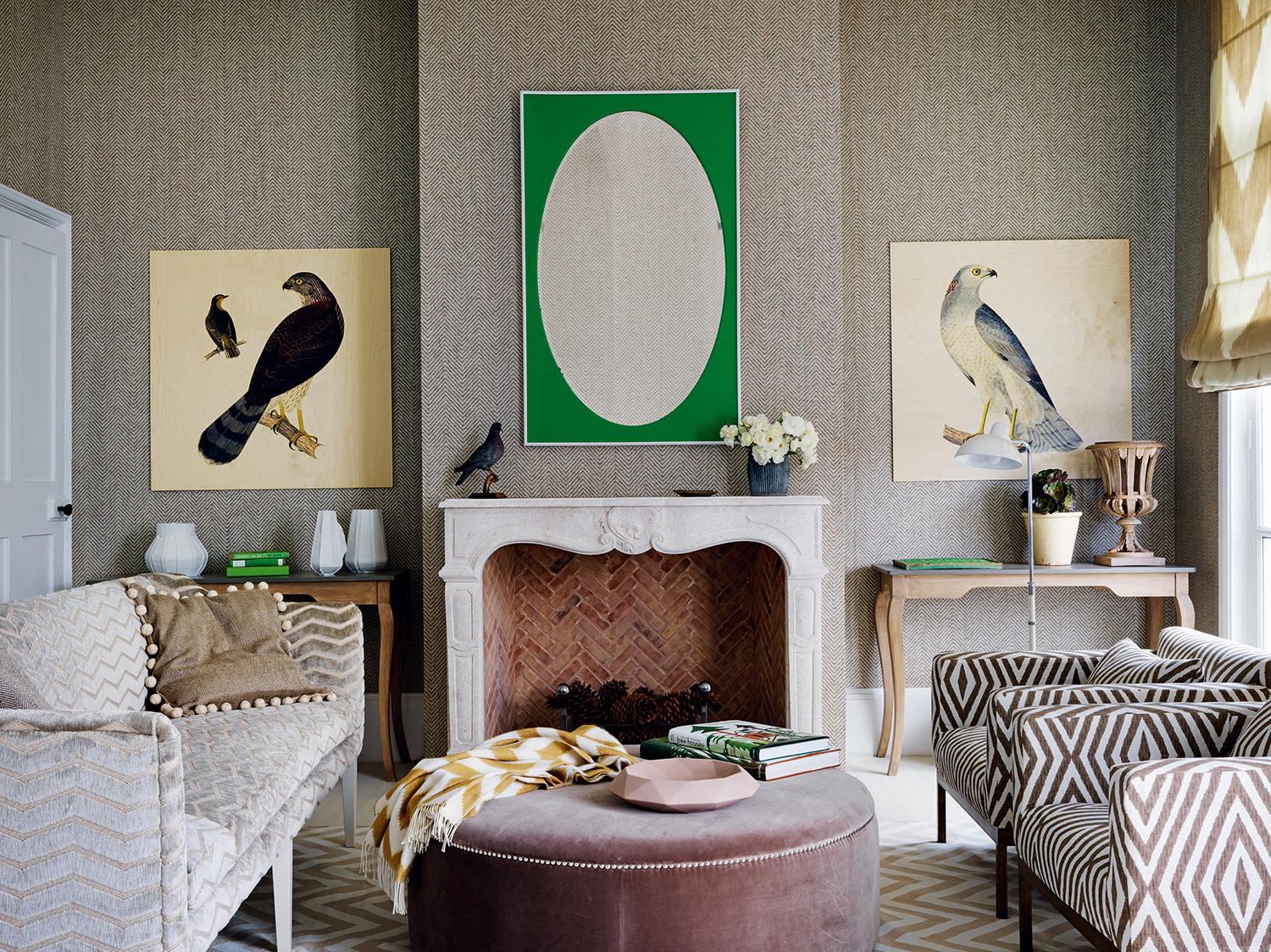
By giving spaces a relaxed, warm and timeless feel, transitional design can be especially well suited to living rooms. It’s also one of today’s most popular interior design trends.
“Transitional-style design is about bringing together styles and design from different eras, but in a cohesive, balanced and effortless way,” says George Townsin, Director at Studio George. "You want to walk into the room and not be able to immediately pinpoint any particular style or era. There is a timeless quality to it."
Balance is absolutely key when it comes to transitional design. But just because these spaces feel calm, does not mean they are lacking in personality. “Bringing together pieces from various design styles creates singular soulful interiors,” says Chantal Martinelli, architect and Co-Founder of Mad Atelier.
George Townsin adds: “It gives the sense of a space having been developed and collected over time, a true reflection of the individual’s life and story."
While you want the end result to feel effortless, designing a transitional style living room takes careful consideration. Keep reading to discover our experts' 10 tips for getting the right mix of contrast and cohesion.
10 steps to designing a transitional style living room
1. Start with the architecture
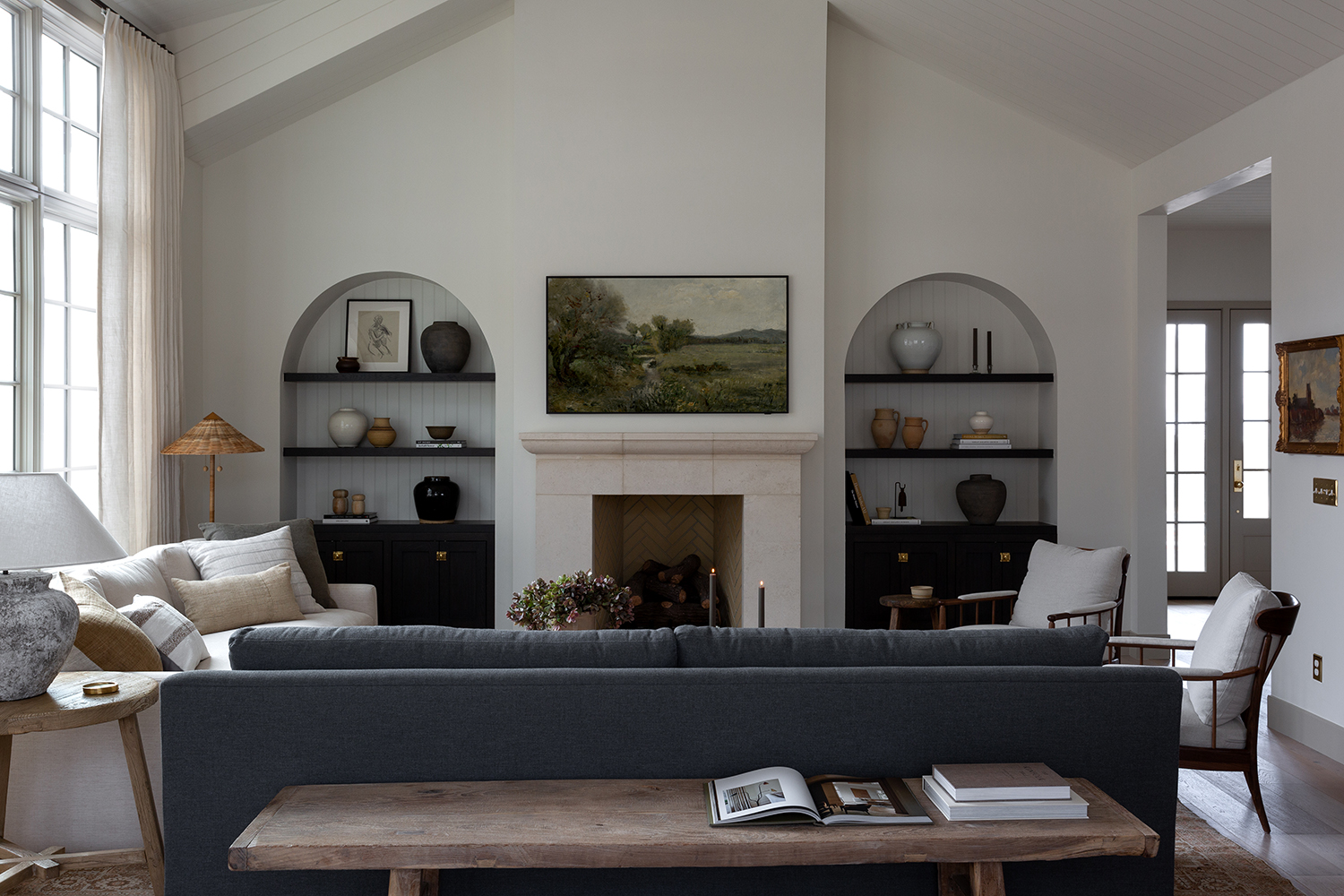
If you’re designing your living room from scratch, think about the bones of the space and how you can build contrast around those features. “We always start with the architecture,” says George Townsin of Studio George. “If you have a more traditional home with decorative architectural details (cornicing, paneling etc.) then you can afford to balance that with more 20th and 21st century pieces. There would still be a mix of old and new, but contemporary or mid century furniture looks fantastic in a traditional setting, and vice versa with a really contemporary space and, for example, 18th Century pieces.”
In this space, above, by Light and Dwell, the designers used the arches to flow the decor around, taking inspiration from their rounded fullness for equally sumptuous living room furniture.
Jill Higgins, Founder of Studio Jill, agrees: “It’s important to use the existing architecture as your starting point. How can you respond to the qualities of the space to establish a relaxed, balanced and harmonious interior?”
2. Choose a simple backdrop
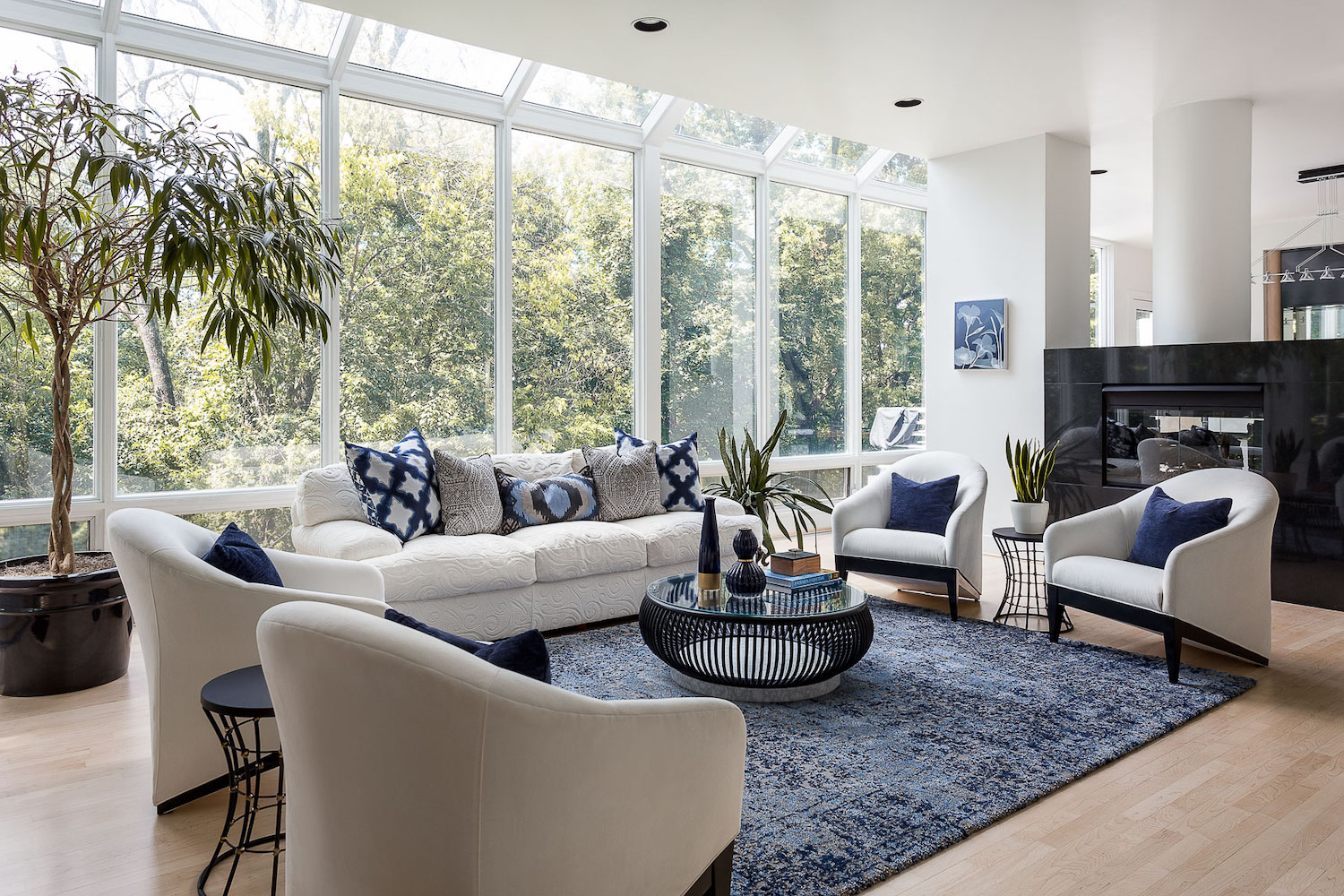
Rather than starting out with more characterful pieces, it can be easier to begin with a soft wash of color or texture that you can build on. “We think it’s always helpful to specify simple, larger pieces to act as more of a backdrop and layer everything else on top,” says George Townsin. “For example, an era-less sofa, in a solid color or texture, with a carefully curated mix of interesting chairs, side tables, and decorative lighting from varying eras. And to a certain degree nothing in matching pairs, to create that collected look.”
A living room rug can also provide a strong base and help to anchor your living room. “I like to start with a slightly traditional wool rug to ground and soften the space,” says Jessica Schuler of J Renee Designs. “Typically, traditional style furniture and accessories are softer on the eyes, so I use these to balance out the harsher more modern pieces in the room. Slightly traditional is the key, you don't want to go too stylized or it becomes hard to blend with. The main component to achieving a transitional-style room is balance and the blending of styles and pieces.”
Target is a trove of area rugs, big and small, modern and trad. It's an ideal place to start for anyone looking to create a transitional-style living room as there really is so much choice you're bound to find a piece that works.
3. Add accents from different eras
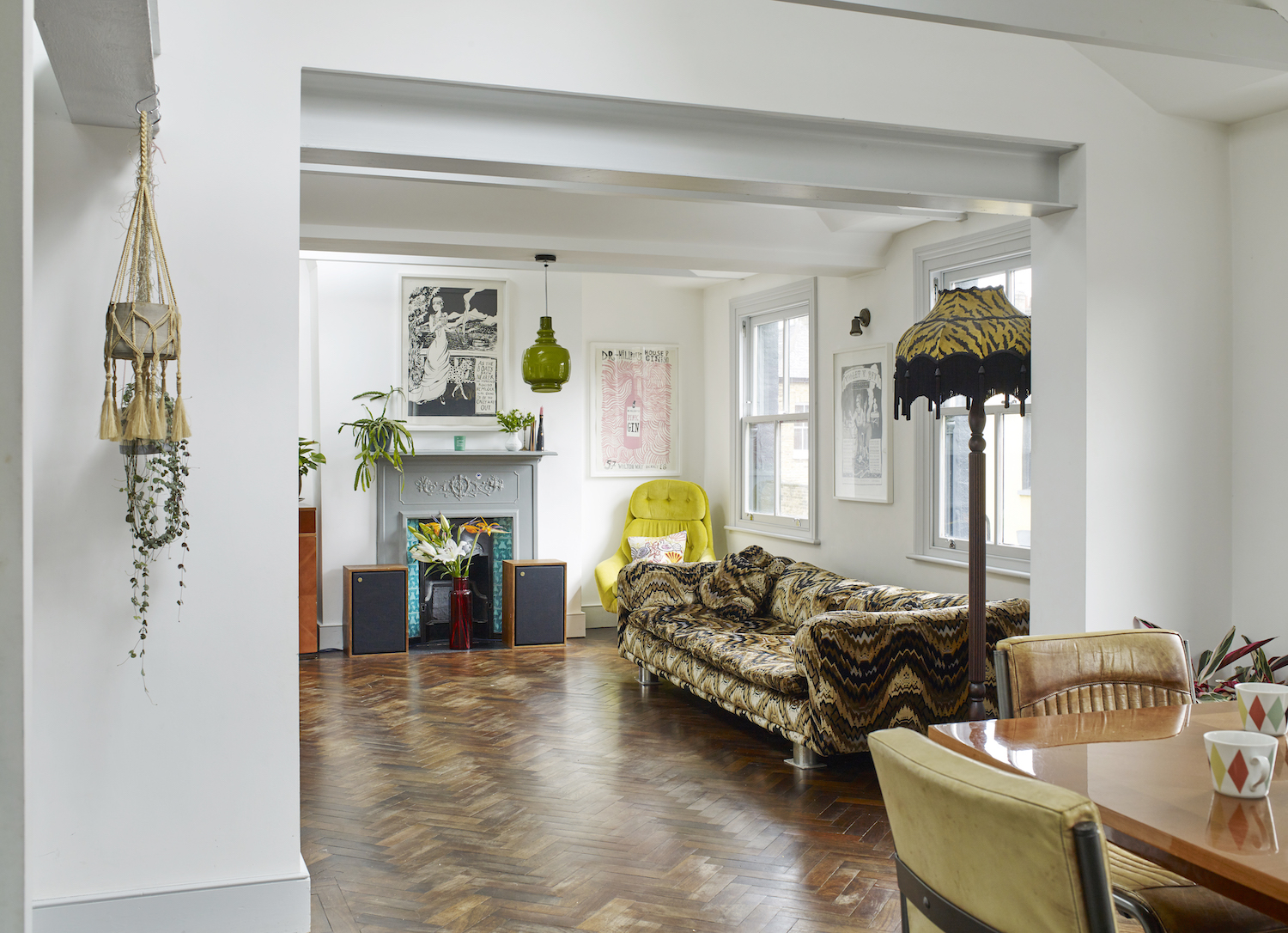
With a solid foundation, you can start introducing contrast. This is where accent chairs come in, as they’re unlikely to dominate the space.
“Pulling accent chairs from different eras is a great opportunity to balance modern and traditional,” says Chantal Martinelli. “You could play with similar forms or similar materials to keep the space cohesive. Think of the feel they will bring to the room, the images they recall, the mood they create and the emotions they inspire. I often refer to movies and cinema settings to bring in my projects some distinct moods.”
Five shades of boucle upholstery mean you can pick the chair that most suits the look you're going for. The organic shape is modern but the curves are a little mid-century. In other words the ideal transitional piece.
4. Use a mix of different shapes
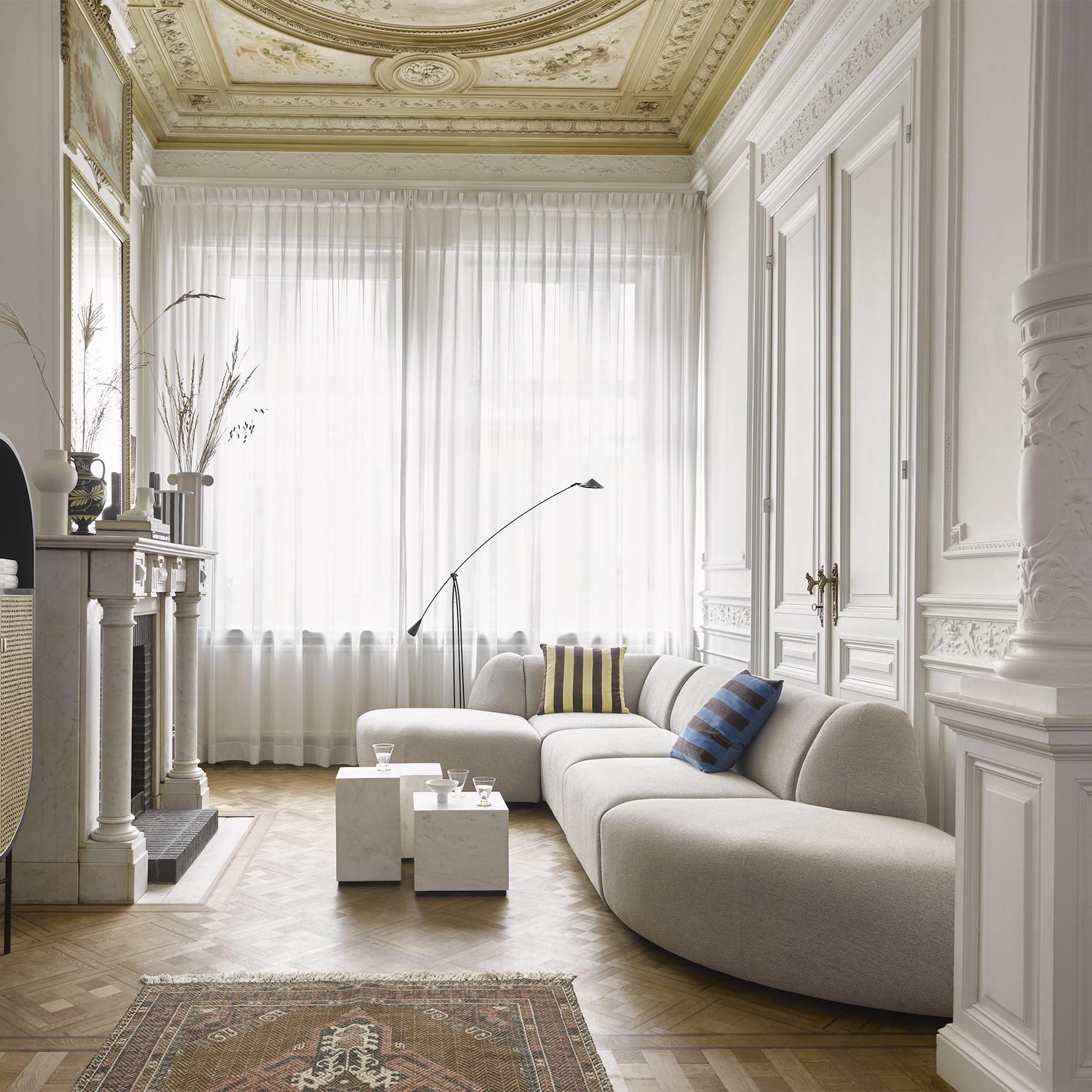
To achieve a harmonious feel, with balance in interior design, pay attention to the shape of your furniture as well as the style. “Keep shape and silhouette in mind, by mixing curves with straight lines,” says Chantal Martinelli. “Since curves and straight lines are abundant in both modern and traditional design, there’s a lot to play with. Also, traditional furniture tends to be pretty bulky—think big armchairs, cozy sofas, and plush ottomans. Add contrast by keeping the rest of your furniture sleek, modern pieces with skinny legs and low-profile silhouettes. They’ll offset the bulkiest pieces, bringing balance to your space.”
As Jessica Schuler puts it, it’s all about the blend when achieving this look. “It can be fun to pair a straight arm sofa with a nice rounded back set of chairs,” she says. “There is no hard fast rule. So in each room that blend may be a little different. If we start to get too many modern pieces in the mix, then I add bits of traditional back in with the pillow fabrics, draperies or even an accent piece of furniture like a curved sofa. The accessories should be a mix of both styles to round out the look.”
5. Swap statements for simple layers
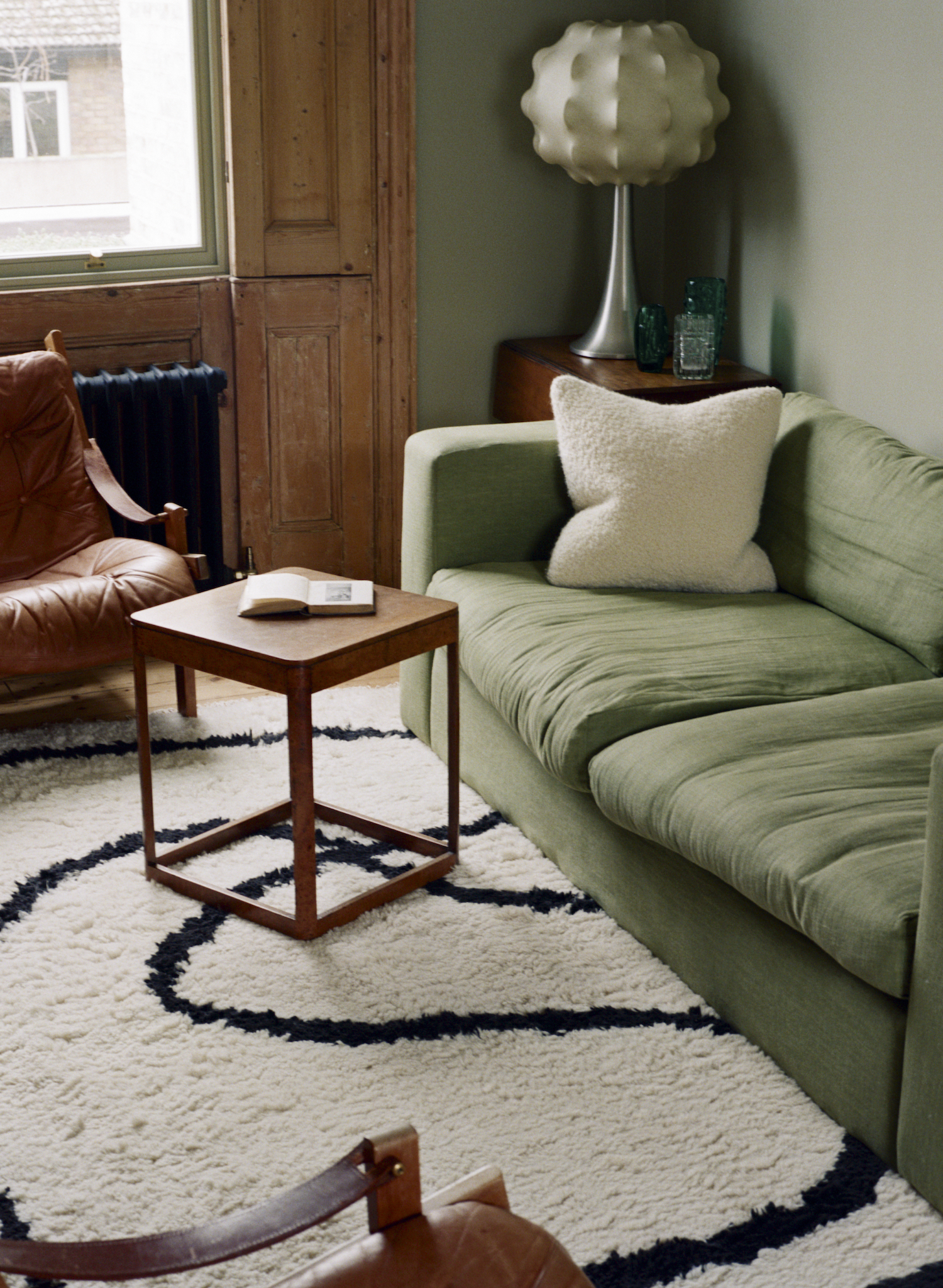
Because transitional-style design is all about creating cohesion, beware of making any bold statements. “To successfully pair antiques or vintage pieces in a room and still achieve a transitional style, those pieces can't be so bold they take over the space,” says Jessica Schuler. “If the piece immediately draws your eye, you are creating a room around that piece and not a blend of different styles that wash over the eye instead.”
To prevent any one piece becoming too dominating, Jessica Schuler tends to go modern for upholstered furniture and traditional for hard furnishings, an approach we've also seen in transitional-style kitchens. “A beautiful cabinet, side chair, console or mirror are great ways to interject some personality and history into a room without it taking over,” she says. “Also the ornate features of these pieces are a nice juxtaposition to the hard straight lines of the upholstered furniture.”
George Townsin agrees that when it comes to transitional design, you need to think in layers: “The focus should be the overall look and feel of the space, rather than any dominating decorative applications. Keep it simple and layer up. This also allows you to update and change the space as time goes on without having to redecorate every time you want to update a piece of furniture.”
6. Keep colors neutral
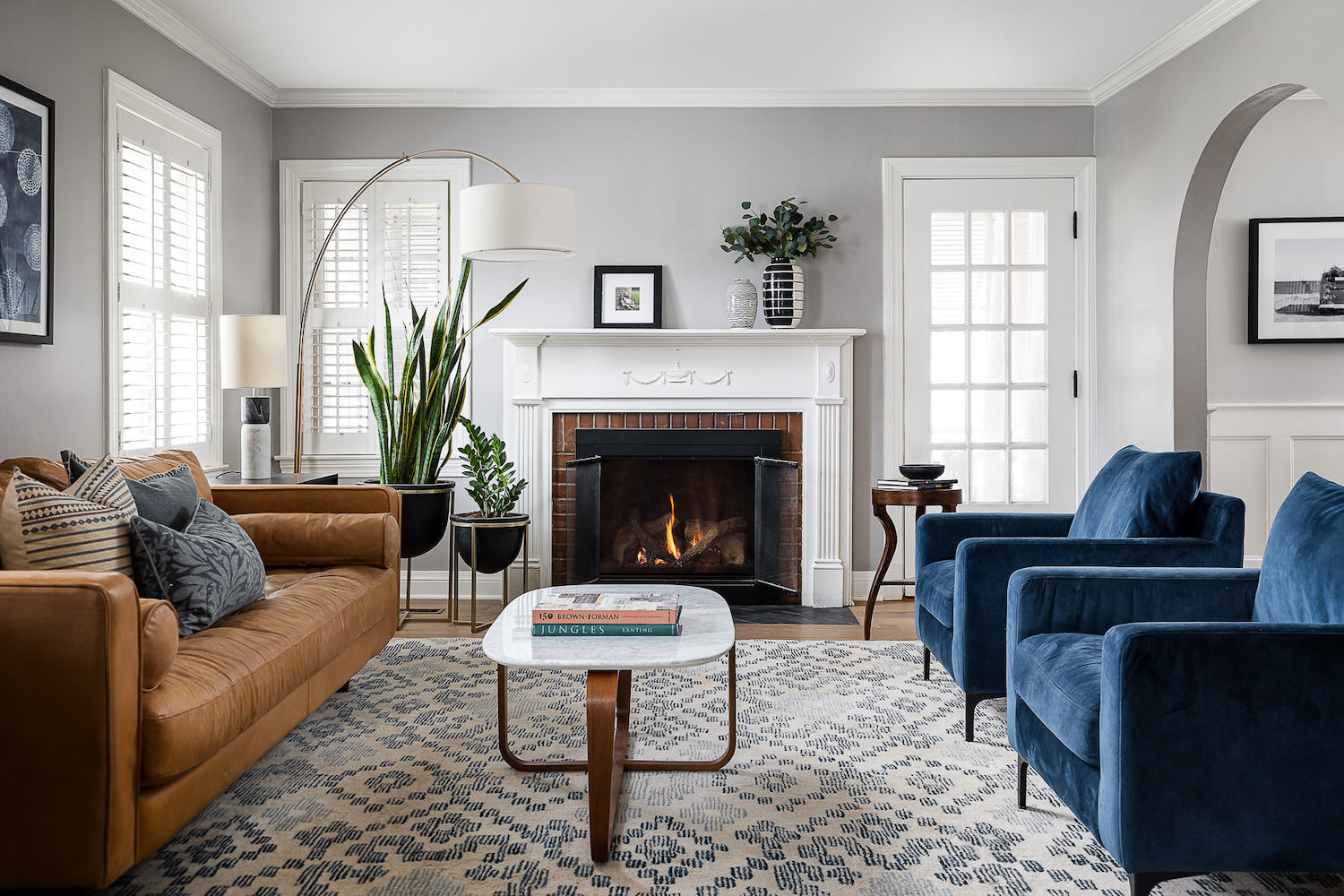
One of your best tools for creating harmony in a transitional space is color. “Stay within a neutral color palette to evoke serenity and allow space to play with accent pieces,” says Cinzia Moretti of Moretti Interior Design. “Nevertheless, the injection of a pop of color is essential, better if only in one full hue. Some good colors to use are blue or green.”
The idea is to “sprinkle” the space with a few pops of carefully-chosen color, as Chantal Martinelli puts it. “I favor colors that are bold but not vibrant, or colors drawn from a vintage palette," she says. "They will work out some magic by holding together pieces from different eras.”
The most important thing is to not get carried away, as too many bold accent colors will distract attention. “If you want a truly transitional space, things should not have to fight to be the star of the show,” says Jessica Schuler. When in doubt, err on the side of a neutral living room, she explains: “Using neutral colors of varying shades will help to achieve the look.”
7. Layer up texture with soft furnishings
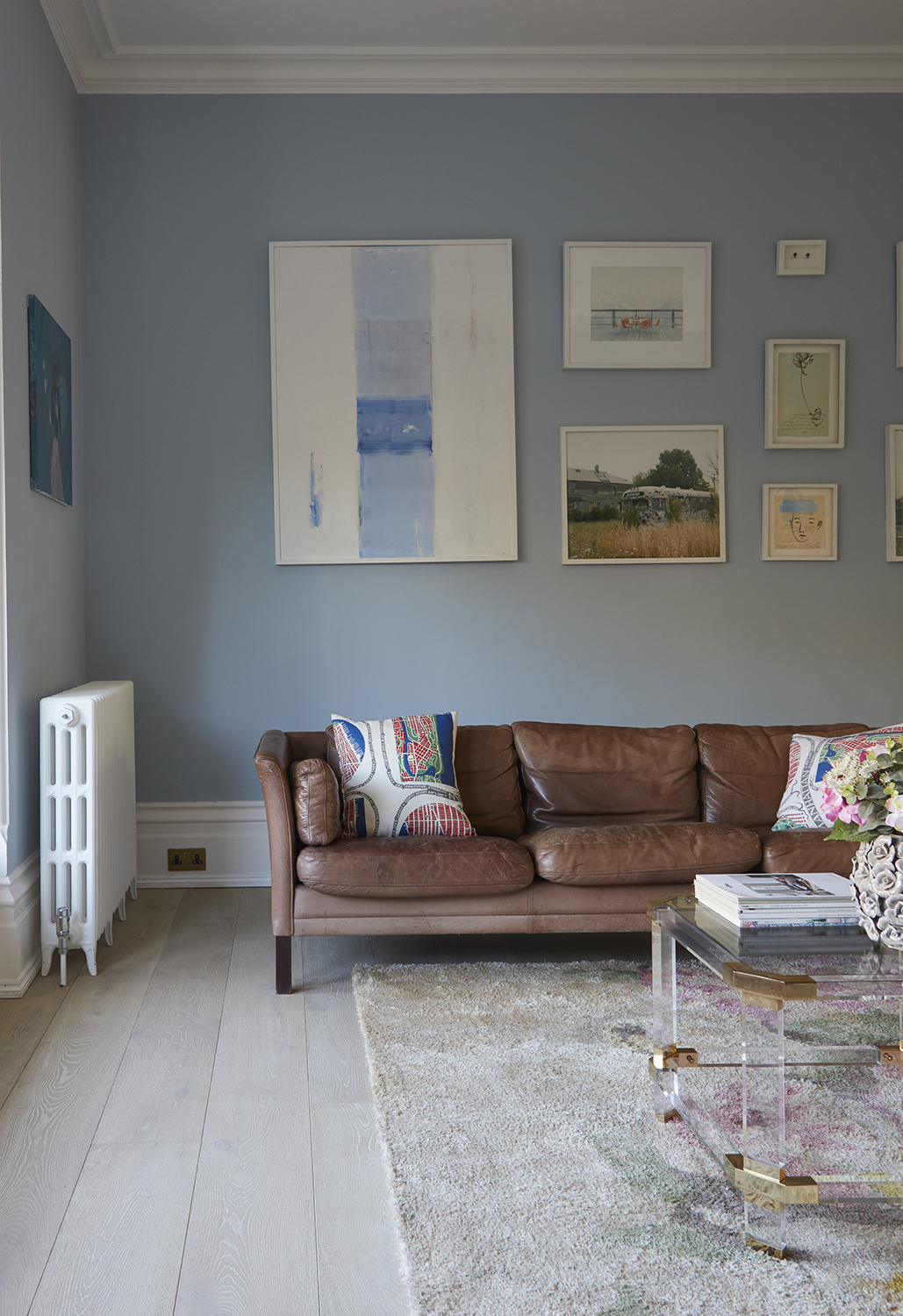
Another powerful tool for creating harmony is through texture. Aim to layer different textiles and soft furnishings, using both contrast and cohesion to keep things balanced.
“If you’ve got a really long pile textured rug, you could have a softer linen sofa, with a mix of velvet, bouclé and silk pillows in plains, large scale stripes and simple clean patterns,” says George Townsin. “We tend to keep pattern on a large scale to a minimum, and use patterns in smaller pieces like headboards and pillows. Layer up with varying scales of textures in different colors that tonally work together. Much like the mix of furniture, you create a balance through the use of texture in your soft furnishings.”
“Living room curtains play a very important role in bringing together old and new,” says Chantal Martinelli. “Classic drapes and imperfect fabrics like linen or raw silk are timeless and work impeccably with both contemporary and traditional styles. Pillows are the final touch. Think of contrasting patterns (drawn from different eras or places) on a neutral background working as a trait d’union between eras, cultures and places.”
8. Create further texture with lighting
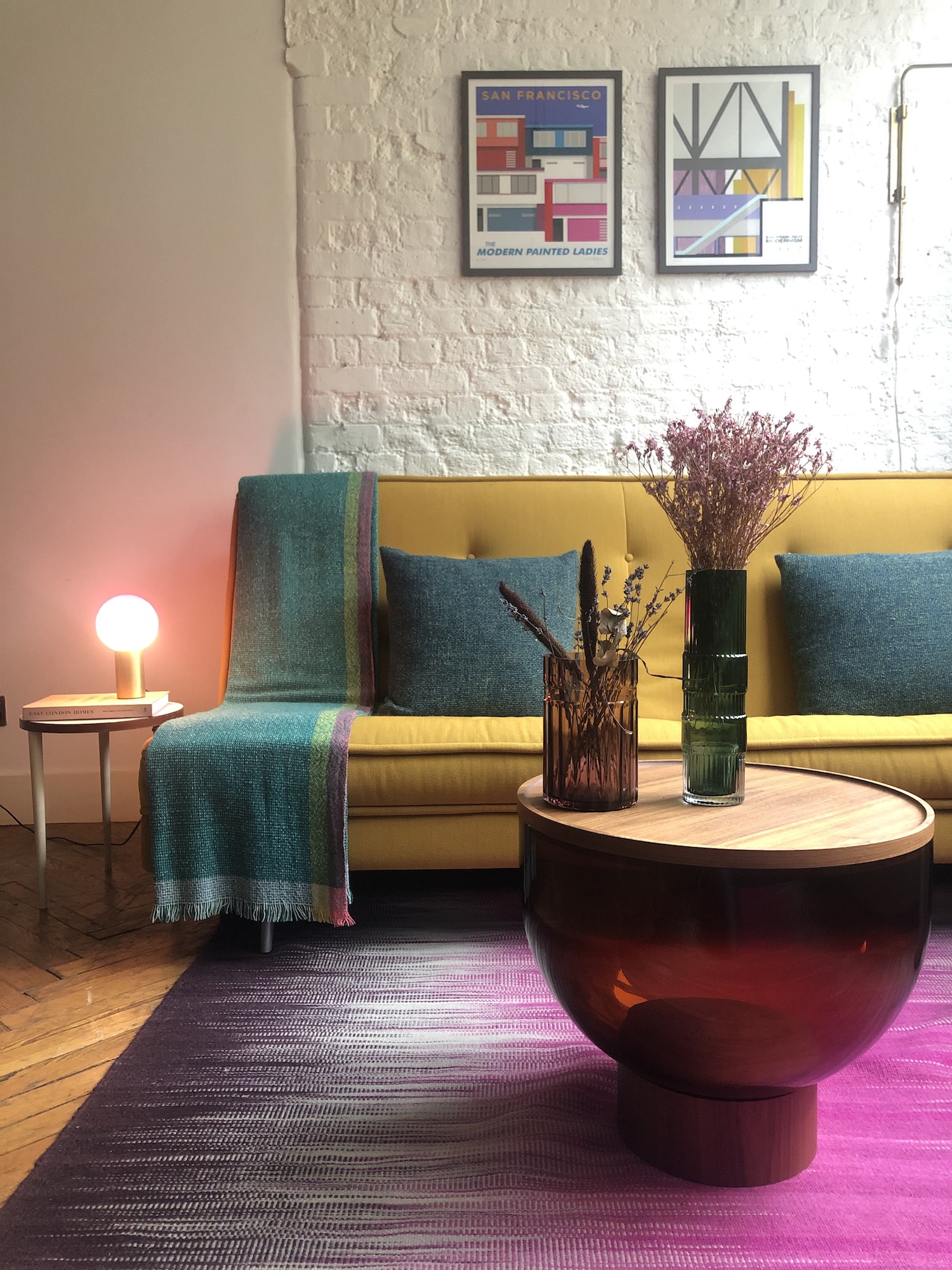
Rather than blasting your space with a single, flat source of light, layer up ceiling lights, wall lights and freestanding lamps to create soft, harmonizing textures of light and shadow. The shapes of your light fittings and fixtures can also be used to create interest and contrast.
“Look at the shapes of the arms or the shades and consider establishing a relation with the furniture,” says Chantal Martinelli.
Incorporating metallic materials can also give your living room a subtle lift. “Most of the time I use modern living room lighting for transitional rooms, as if it were the jewelry of the space. Adding that pop of a metallic tone to dress it up,” says Jessica Schuler. “Good lighting is one of the most overlooked things by homeowners when decorating themselves.”
9. Decorate in asymmetrical compositions
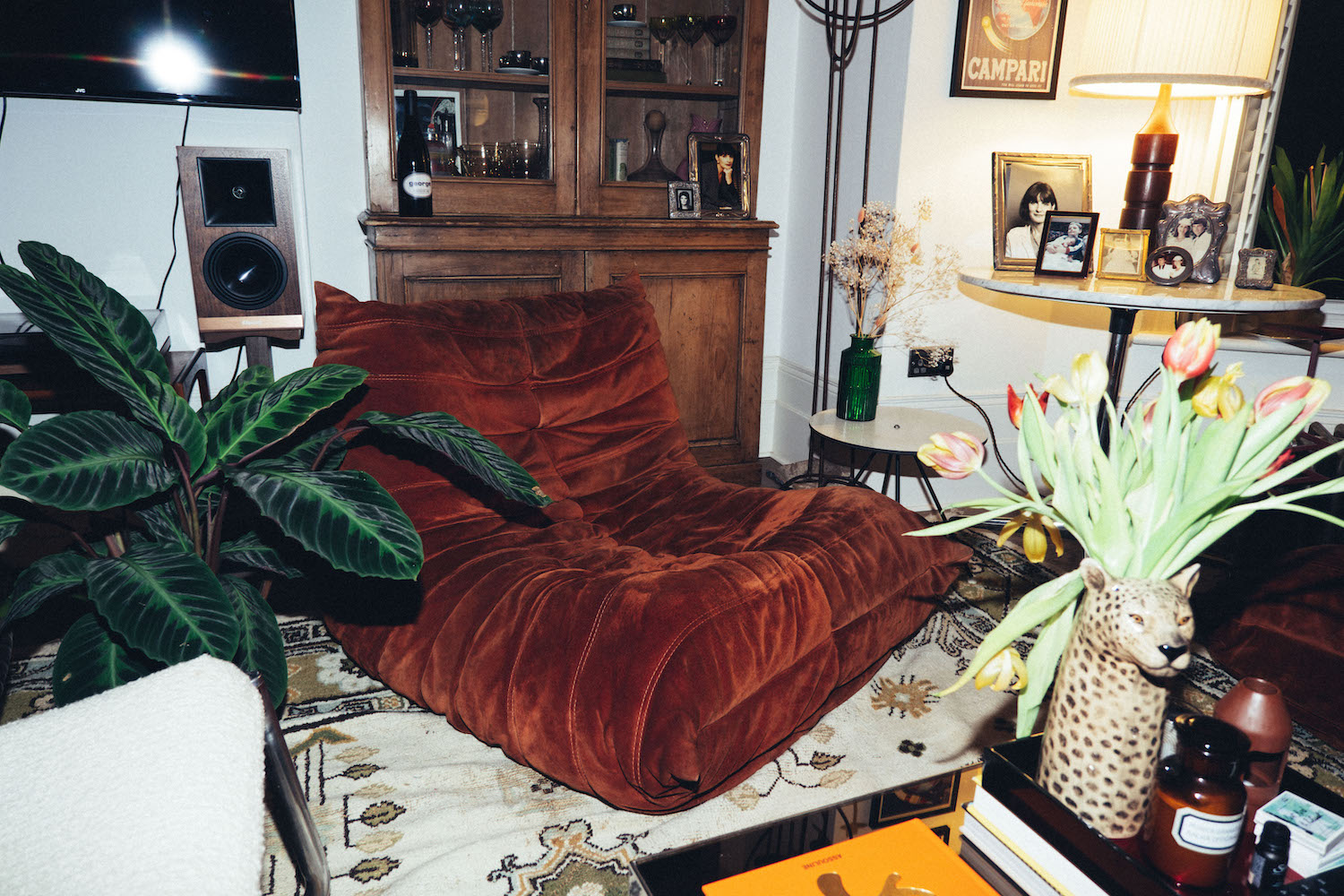
When adding the finishing touches to your living room, keep compositions of frames, cushions or decorative objects relaxed to maintain that organic feel. “Grouping pictures in asymmetrical compositions with a variety of sizes and proportions keeps things relaxed and informal,” says Jill Higgins. “The same approach can be used for cushions, where groups of contrasting shapes and sizes in a variety of textures can be tied together by using soft muted colors and tones. Contrast is key to creating the desired relaxed and informal mood, but there must be unifying elements.”
Sidenote: your artwork and frames pose another opportunity to play around with contrast. “Contemporary artwork can contrast perfectly with traditional furniture pieces and vice-versa,” says Jill Higgins. Meanwhile, Chantal Martinelli suggests “layering abstract art over printed wallpaper, or playing with frame/picture contrasts, such as a mid-century picture in a Victorian frame.”
10. Avoid trying to do too much
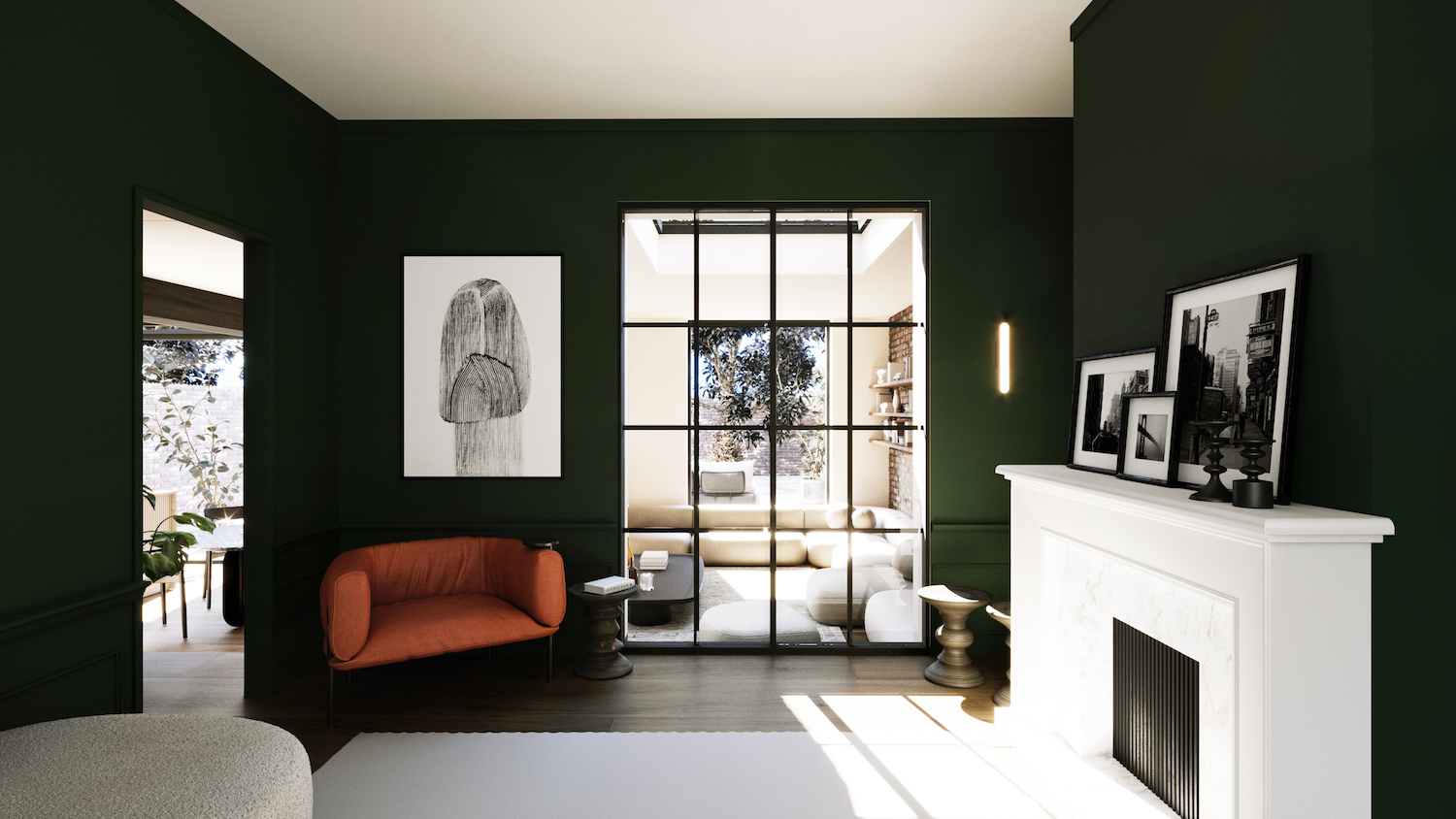
Perhaps the most important rule of transitional design is to know when to stop. “Inexpensive junk shop finds can sit well with precious designer items, but it is important to know when to stop. So perhaps stick to one or two periods or styles to contrast with more contemporary pieces,” says Jill Higgins.
You can always save excess pieces for a transitional-style dining room or transitional- style kitchen instead. “Try not to have too many different eras in one space,” says George Townsin. “You will naturally find yourself more aligned with certain eras and styles, but it’s all too tempting to try and add everything you like to one space. Save them for other rooms.”
Be The First To Know
The Livingetc newsletters are your inside source for what’s shaping interiors now - and what’s next. Discover trend forecasts, smart style ideas, and curated shopping inspiration that brings design to life. Subscribe today and stay ahead of the curve.
Kate Hollowood is a freelance journalist who writes about a range of topics for Marie Claire UK, from current affairs to features on health, careers and relationships. She is a regular contributor to Livingetc, specializing in reporting on American designers and global interiors trends. Based in London, Kate has also written for titles like the i paper, Refinery29, Cosmopolitan and It’s Nice That.
-
 The 'New British' Style? This Victorian London Home Embraces Its Owners' Global Background
The 'New British' Style? This Victorian London Home Embraces Its Owners' Global BackgroundWarm timber details, confident color pops, and an uninterrupted connection to the garden are the hallmarks of this relaxed yet design-forward family home
By Emma J Page
-
 Muji Living Room Ideas — 5 Ways to Harness The Calming Qualities of This Japanese Design Style
Muji Living Room Ideas — 5 Ways to Harness The Calming Qualities of This Japanese Design StyleInspired by Japanese "zen" principles, Muji living rooms are all about cultivating a calming, tranquil space that nourishes the soul
By Lilith Hudson
